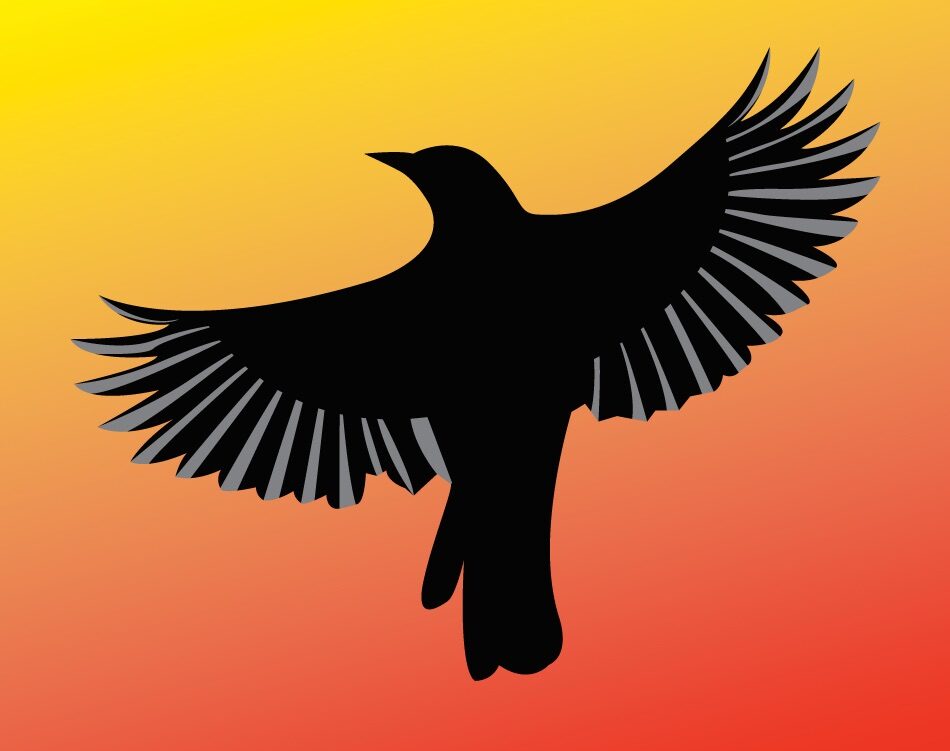“Summerland’s Paladin” Mythos
“Summerland’s Paladin,” by Diana Benedict, appears in Midwinter Fae, the second volume in the anthology series A Procession of Faeries. Hunted by his half-brothers, who despise his alter fox persona, Todd escapes into the forest during a snowstorm. A talking raven speaks to him just as Todd’s brothers close in. With nothing to lose, Todd…
